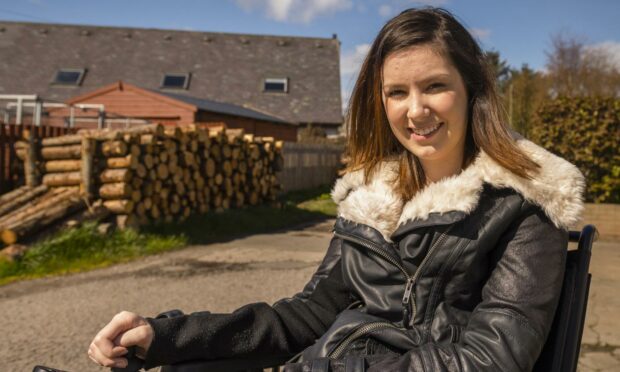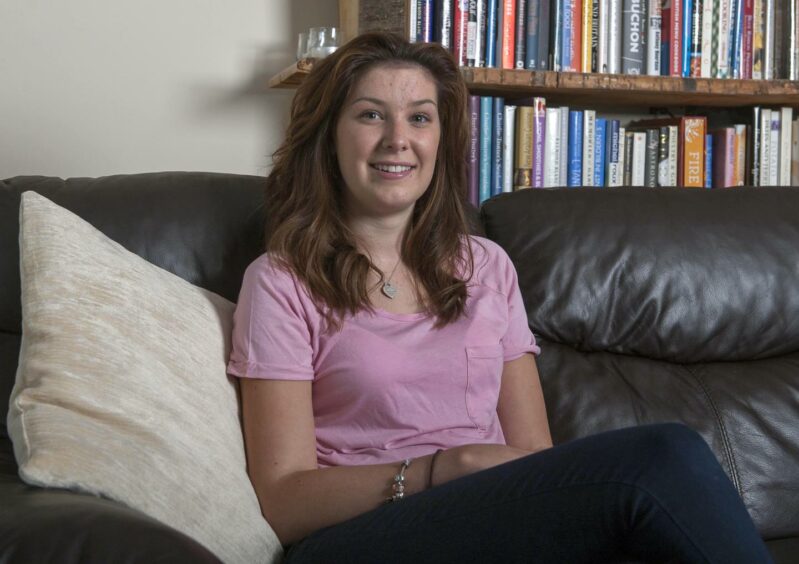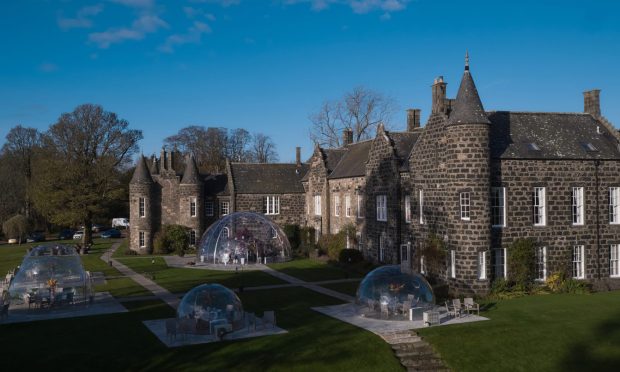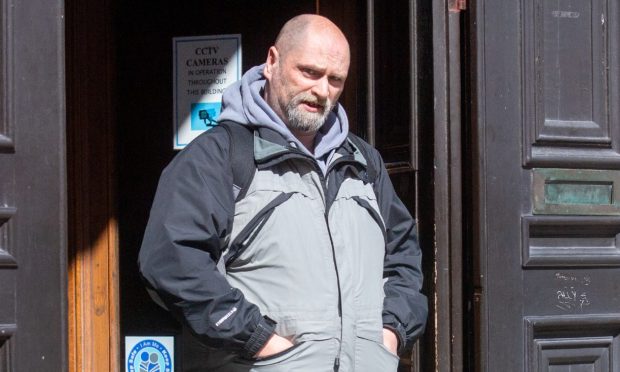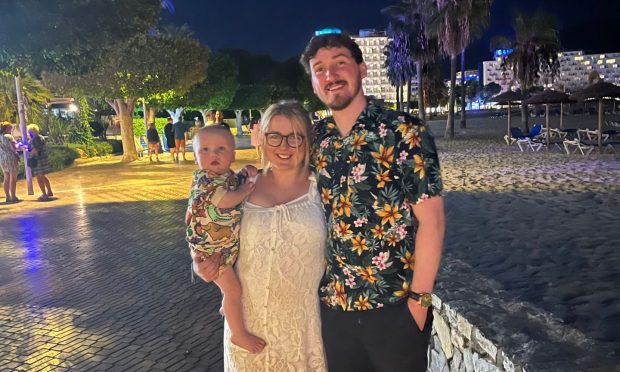Lucy Lintott, who is living with motor neurone disease (MND) near Elgin, has joined a charity’s call for Scottish and local government action on accessible housing crisis
The mum-of-two who lives with MND has joined forces with charity MND Scotland, to call for urgent government action.
The 27-year-old is just one of the many people currently living with MND, who have been waiting for accessible homes, or adaptations, they desperately need.
People with the disease can quickly lose the ability to walk, talk, eat and breathe unaided.
Average life expectancy with MND is just 18 months from diagnosis.
Today, MND Scotland has launched a new report highlighting Scotland’s failing housing system for people, and are calling for Scottish and local government action now.
The report states: “Too many people with MND spend the precious time they have left fighting for a safe and accessible home, and for some, this never comes in time”.
Ms Linlott currently lives in a small accessible “sheltered” flat. However, it no longer meets her needs.
2023 until a home can be found
Since Ms Linlott and partner Tommy Smith’s son LJ was born in 2020 and daughter AR arrived in 2021, as well as her need for overnight carers as her health deteriorates, the two-bed flat has become too small.
However, she was told by the local authority a new accessible home wouldn’t be available until 2023 at the earliest.
The Lintott family has already been on the list for three-bedroom accessible housing to cope with their MND needs for more than a year.
She said: “I got offered a two-bed bungalow but had to turn it down as it was smaller than my flat and I need a third bedroom for overnight care.
“I have two young kids, who are only going to get bigger and take up more space around the flat. It’s just not realistic to stay where I am for much longer.
“It’s shocking considering people with MND’s life expectancy is so low. Being told I can’t get home until 2023 doesn’t give me much hope.”
Before Christmas, MND Scotland’s advocacy worker stepped in to support the family with their housing issues.
Accessible homes are ‘insufficient to meet needs’
Ms Lintott continued: “Carla from MND Scotland has been amazing by challenging the council, and has taken some of the stress off me, but neither of us should have to be doing this.
“I think there should be more properties available with the space needed for those in wheelchairs full time.”
MND Scotland’s report, No time to lose: Addressing the housing needs of people with MND, highlights how the current processes are not working for people with MND.
It outlines that the number of accessible homes is insufficient to meet needs, and housing allocations and adaptations systems do not move fast enough.
This means people with MND are forced to spend the time they have left fighting for the right support.
For some, the right support never comes in time.
‘People with MND simply cannot afford to wait’
Susan Webster, MND Scotland’s head of policy and campaigns, said: “Lucy’s story illustrates the urgent need for more accessible housing across Scotland, including family sized homes.
“People with MND simply cannot afford to wait, but a scarcity of properties in Lucy’s local area means that waiting is the only option.
“Her experience also shows the impact of not having somewhere accessible to live – being unable to be cared for properly and live together as a family. Precious time should be spent making memories, not waiting for somewhere suitable to live.
“Lucy’s experience is not unusual. Our report shows that people with MND are waiting too long for the essential support they need. Speed with MND is key. The average life expectancy of someone with MND is just 18 months from diagnosis, yet many waiting lists for essential adaptations and accessible homes are longer than this.
“This means people with MND are left trapped in their homes, sometimes in a single room. Tragically, some people with MND never get the support they need in time. Everyone deserves to live in their home safely and with dignity, and current systems and processes are failing people with this terminal illness. MND does not wait, and neither can people with the illness. Change is needed now.”
What recommendations does the report make?
MND Scotland is urging government to take action now.
The charity’s report sets out recommendations for Scottish Government and local authorities based on research with people affected by MND.
MND Scotland recommendations include:
- Establishing a national definition of accessible housing
- Ensuring a minimum of 10% of new build homes are built to a wheelchair accessible standard
- Fast-tracking people with MND for accessible homes
- Directly matching people with MND with potentially suitable properties
To read MND Scotland’s key findings and recommendations, visit: www.mndscotland.org.uk/housing.
To support MND Scotland, donate here.
